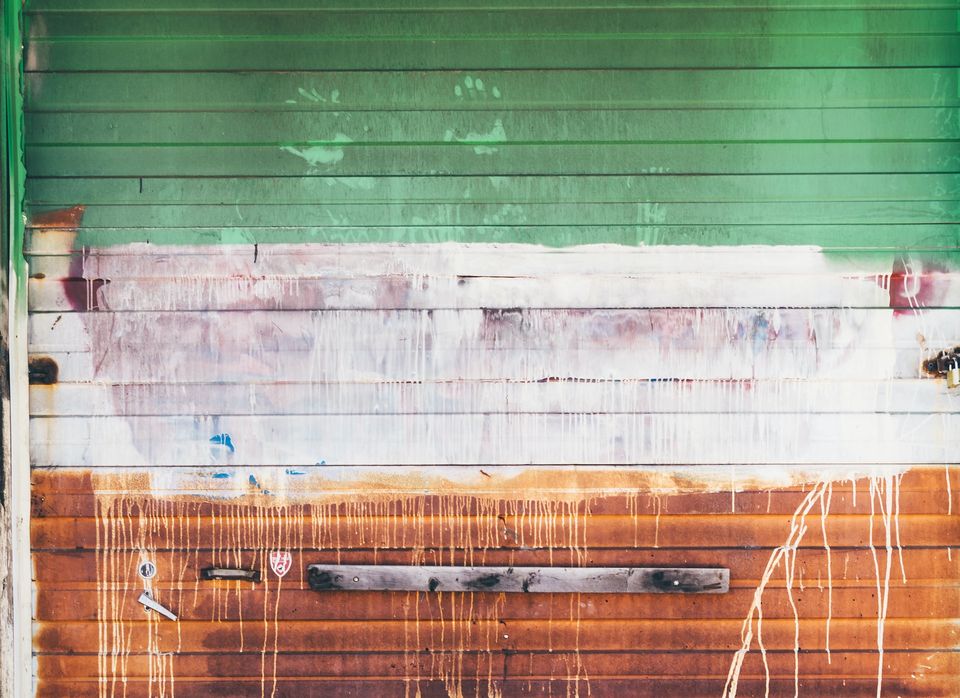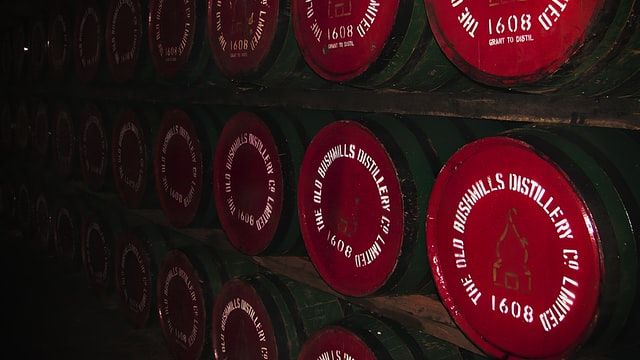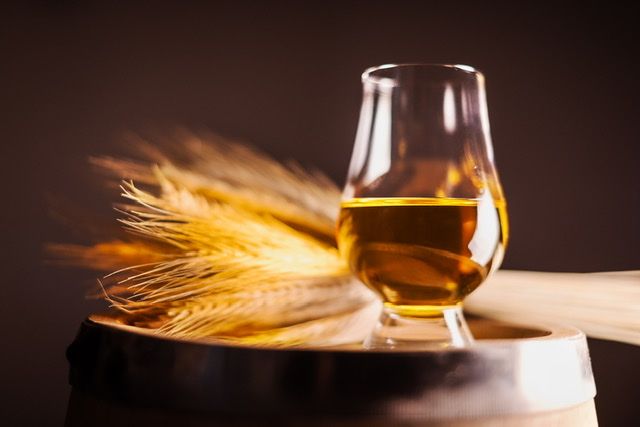An introduction to Irish whiskey

These days, whenever whisky is mentioned, many people invariably think 'Scotch'.
However, it wasn't always this way.
Way back in the 19th Century, Irish whiskey was all the rage. It enjoyed a reputation far above that of Scotch whisky. In fact, it is widely claimed that Irish whiskey was first on the scene, well before Scotch whisky.
However, by the beginning of the 20th Century, Irish whiskey had lost its exalted place, with Scotch whisky gaining the upper hand. During that time, many Irish distilleries closed down, with only a handful remaining in operation.
But things have improved since that time. Irish whiskey once again has a solid reputation.
In this Newsletter, I will share a few facts about Irish whiskey, enough to introduce you to this type of whisky.
Which are the main Irish distilleries?
There are currently over 30 Irish distilleries, all making fine whiskies to suit every palate. Some notable ones include Bushmills, Dingle, Jameson, Roe & Co., Tullamore D.E.W., and Teeling.

Is there a distinct style to Irish whiskey?
Perhaps. Let's look at a few points.
Single malt or blended?
For one thing, Irish distilleries commonly produce a lot of blended whiskies. As such, it can be tempting to class this as a particular feature of Irish whiskey. However, this classification would not be correct, as there are also some notable Irish single malts.
The Bushmills 16 Year Old is an example of an Irish single malt. This particular whisky was matured in three different barrels (American oak, Olorosso Sherry and port). It is a product of one of Ireland's most famous distilleries, the Bushmills distillery, which was established in 1608. (Although quite well known, the Bushmills 16 Year Old often divides opinion - some rave about it, while others are indifferent to it. However, that is a discussion for another time.)
Peated or non-peated?
Irish whiskies also tend to be non-peated. However, again, there are exceptions. One of the most widely known examples is the Connemara Peated Irish Whiskey.
The whiskey-making method
Also, one can't really speak of Irish whiskey without mentioning the "Single Pot Still Whiskey" style. This is a particular method commonly used in the making of Irish whiskies. In plain terms, this refers to the use of malted and unmalted barley in the mash bill.
Apparently, this whiskey-making method was originally created for tax avoidance reasons. In the old days, there used to be a tax on the use of malted barley, and so, the distillers reduced the tax burden by including unmalted barley in the mash bill.
Also, many Irish whiskies are triple-distilled. This is unlike Scotch whiskies, which tend to be double distilled, although not all Scotch whiskies receive this treatment - for example, the Mortlach 12 Y is distilled 2.81 times.
Triple distillation creates smoother whiskies, and this accounts for a (general) difference between Irish and Scotch whiskies. Irish whiskies are (generally) smoother than Scotch whiskies.
The spelling
It's also worth noting the difference in spelling. Unlike Scotch whisky, Irish whiskey is spelled with an 'e'. This spelling (with an 'e') is also used for whiskies from the United States.
In an upcoming Newsletter, we will look at some of the more popular Irish whiskies. For now, I recommend you try the ones that I've mentioned above. I'll throw in another for good measure. This time, I'll put forward a blended whiskey: the Teeling Small Batch. It's a good one. Do try it out, and let me know what you think.
I hope you enjoyed this brief introduction to Irish whiskey. As usual, feel free to share this Newsletter with anyone who likes whisky, and stories about whisky.
